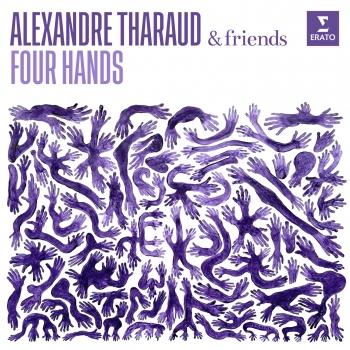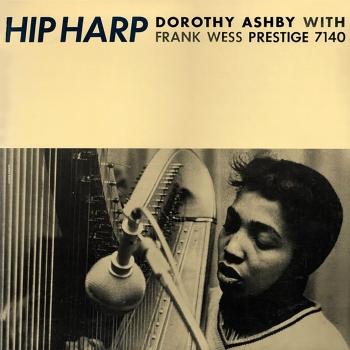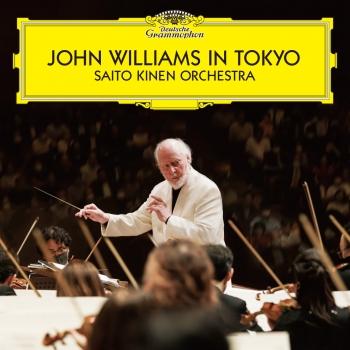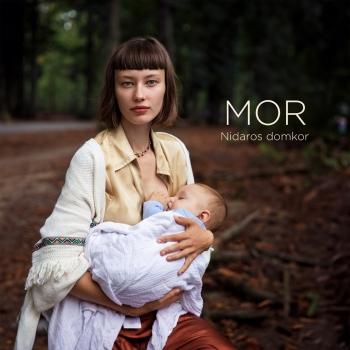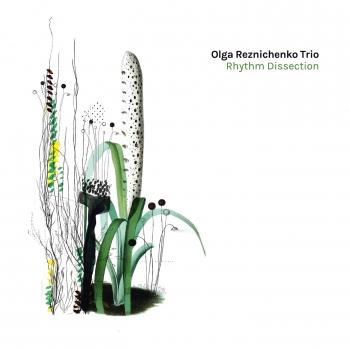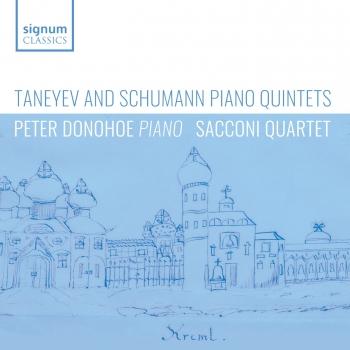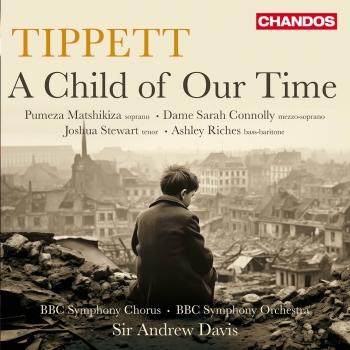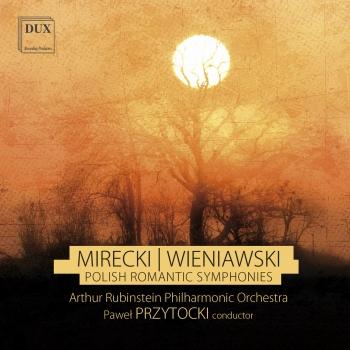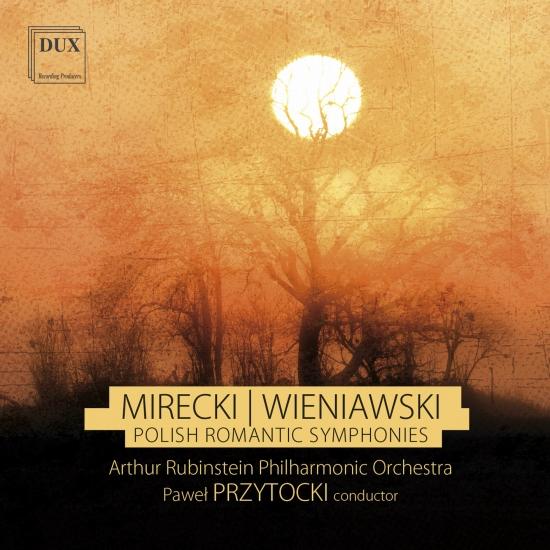
Polish Romantic Symphonies: Mirecki, Wieniawski Arthur Rubinstein Philharmonic Orchestra & Paweł Przytocki
Album info
Album-Release:
2022
HRA-Release:
12.05.2023
Label: DUX Recording Producers
Genre: Classical
Subgenre: Orchestral
Artist: Arthur Rubinstein Philharmonic Orchestra & Paweł Przytocki
Composer: Franciszek Mirecki (1791-1862)
Album including Album cover Booklet (PDF)
- Franciszek Mirecki (1791 - 1862): Symphony in C minor:
- 1Mirecki: Symphony in C minor: Allegro vivace con brio10:48
- 2Mirecki: Symphony in C minor: Adagio non tanto08:18
- 3Mirecki: Symphony in C minor: Scherzo. Vivo assai05:37
- 4Mirecki: Symphony in C minor: Ultimo tempo. Vivace molto09:00
- Józef Wieniawski (1837 - 1912): Symphony in D major, Op. 49:
- 5Wieniawski: Symphony in D major, Op. 49: Allegro con spirito, un poco pastorale11:01
- 6Wieniawski: Symphony in D major, Op. 49: Andante molto cantabile08:34
- 7Wieniawski: Symphony in D major, Op. 49: Scherzo05:00
- 8Wieniawski: Symphony in D major, Op. 49: Finale. Allegro energico e risoluto07:55
Info for Polish Romantic Symphonies: Mirecki, Wieniawski
This new release from DUX presents two 19th-century symphonies of two Polish composers belonging to two different generations, so far almost unknown.
The Symphony in C Minor by Mirecki was his only symphonic work. It was preserved in a manuscript copy of the Main Library of the Adam Mickiewicz University in Poznan, was released by the Polish Music Publishing House in 1972, but with a commentary suggesting that it had little value.
In the 19th century, there were few composers who were successful both in symphony and stage genres. Mirecki's Symphony shows some features of the operatic style, but it is not a flaw. It is a large-scale work, with great proportions, based on the technique of developing the material, densely, but with knowledge of instrumentation, strongly emotional, full of passion, yet not sentimental, but factual.
Mirecki's Symphony opens the era of 'classicizing romanticism' in Polish music and fits into the aesthetics of the European symphony of the second half of the 19th century, which combined the expressive and technical discoveries of romanticism with the Beethovenesque discipline and the tendency to monumentality. Its relationships with later works of outstanding symphonists prove that the piece belongs to the main lineage of the symphony in the 19th century.
Jozef Wieniawski belonged to the generation of Johannes Brahms, Camille Saint-Saens, Max Bruch, Mily Balakirev, Pyotr Tchaikovsky, and Antonín Dvorak. His Symphony in D Major, Op. 49, published in 1890 in Brussels, is one of his last works. As for now, we do not have any information about its performances.
The style of Wieniawski's Symphony corresponds to the period and the place in which it was created. It is close to the Paris of the end of the 19th century, but it is the Paris of Cesar Franck and Ernest Chausson, not of Claude Debussy. It is a poetic work, capable of evoking images, next to which Mirecki's Symphony in C Minor, created forty years earlier, seems to be an almost abstract source of pure energy.
Arthur Rubinstein Philharmonic Orchestra
Pawel Przytocki, Dirigent
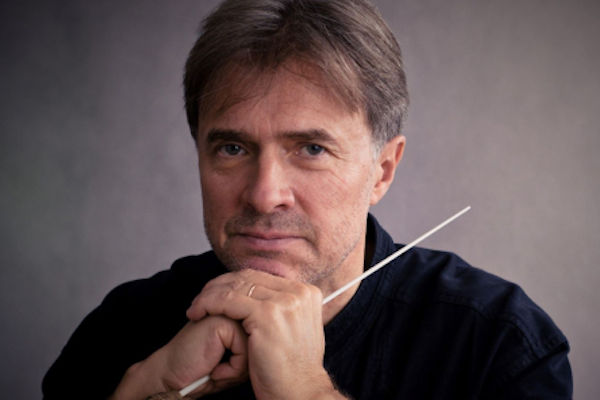
Paweł Przytocki
was appointed Artistic Director of the Arthur Rubinstein Philharmonic.
Born in Krosno, Mr. Przytocki graduated from Prof. Jerzy Katlewicz’s conducting class at the Academy of Music in Cracow in 1985. In the years 1986–1987, he received a scholarship from the Bachakademie Stuttgart, where he attended Prof. Helmuth Rilling’s masterclasses.
As early as in 1983, Paweł Przytocki cooperated with the Cracow Philharmonic, and in 1987 with the Grand Theater in Łódź. In the years 1988–1991, he served as conductor and Artistic Director of the Baltic Philharmonic in Gdańsk, from 1995 to 1997, he was Artistic Director of the Arthur Rubinstein Philharmonic, and in 2008–2012 he was Managing and Artistic Director of the Karol Szymanowski Philharmonic in Cracow
In 2005, Paweł Przytocki started cooperation with the Grand Theater – National Opera House in Warsaw. In the 2005/2006 season, he premiered Aram Khachaturian’s “Spartacus” and led the orchestra in Piotr Tchaikovsky’s “Eugene Onegin,” Giuseppe Verdi’s “La Traviata, as well as Giacomo Puccini’s “La bohème.” In the 2006/2007 season, he conducted a premiere of “Eugene Onegin” choreographed by John Cranko.
Paweł Przytocki has worked with most philharmonic orchestras in Poland, as well as many symphony and chamber orchestras abroad, including the Budapest Concert Orchestra, Orchestra Sinfonika de Xalapa, Real Filharmonia de Galicia, Capella Istropolitana in Bratislava, Neue Philharmonie Westfalen, Philharmonisches Staatsorchester Halle, Bilkent Symphony Orchestra in Ankara, Janáček Philharmonic Orchestra in Ostrava, Slovak Philharmonic in Bratislava, National Symphony Orchestra of Ukraine in Kiev, National Philharmonic in Santiago, National Philharmonic in Zagreb, New Haifa Symphony Orchestra, Buffalo Philharmonic Orchestra, Orquesta Filarmonica de Bogota, Jerusalem Symphony Orchestra, Staatsorchester Rheinische Philharmonie Koblenz, and Jenaer Philharmonie.
Przytocki has led Polish orchestras in Germany, Austria, Switzerland, Belgium, the Netherlands, France, and Spain, and regularly appears at international music festivals, including the Athens Festival (1987), Musikfest Stuttgart (1988), Flanders Festival (1989), La Chaise-Dieu Festival (1996), Kissinger Sommer (1998), Bratislava Musik Festival (1999), Augsburger Mozartsommer (2000), Prague Spring (2001), and Wratislavia Cantans (2005).
Paweł Przytocki has also appeared at many prestigious venues around Europe, such as Musikverein in Vienna, Konzerthaus in Berlin, Palais des Beaux-Arts in Brussels, Teatro Municipal in Santiago, Théâtre du Châtelet in Paris, Musikhalle in Hamburg, and Beethovenhalle in Bonn.
Przytocki has made several archival recordings for the Polish Radio and Television, and recorded albums for the labels DUX, Aurophon, and Point Classics. His rendition of Rachmaninoff’s Symphony no. 1 was hailed by the American music magazine “La Folia” as an example of a rare level of intensity and devotion in music (along with Carlos Kleiber’s Beethoven Fifth and Sviatoslav Richter’s Appasionata).
Since 2007, Paweł Przytocki has worked at the Conducting Department of the Academy of Music in Cracow, where he runs a conducting class.
In February 2017, Przytocki led the Arthur Rubinstein Philharmonic Orchestra in a performance at the Golden Hall of the renowned Musikverein in Vienna. The great success of that concert and the enthusiastic applause of the international audience provided inspiration for his appointment as Artistic Director of the Philharmonic.

